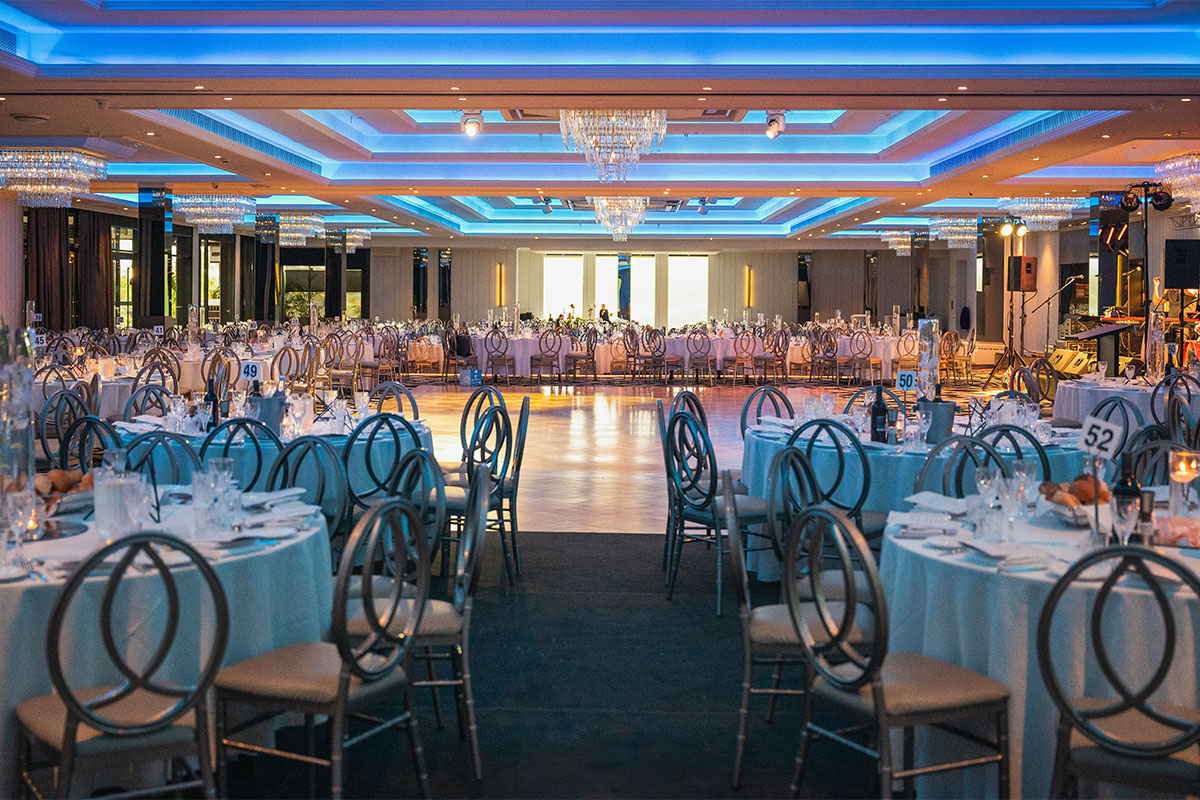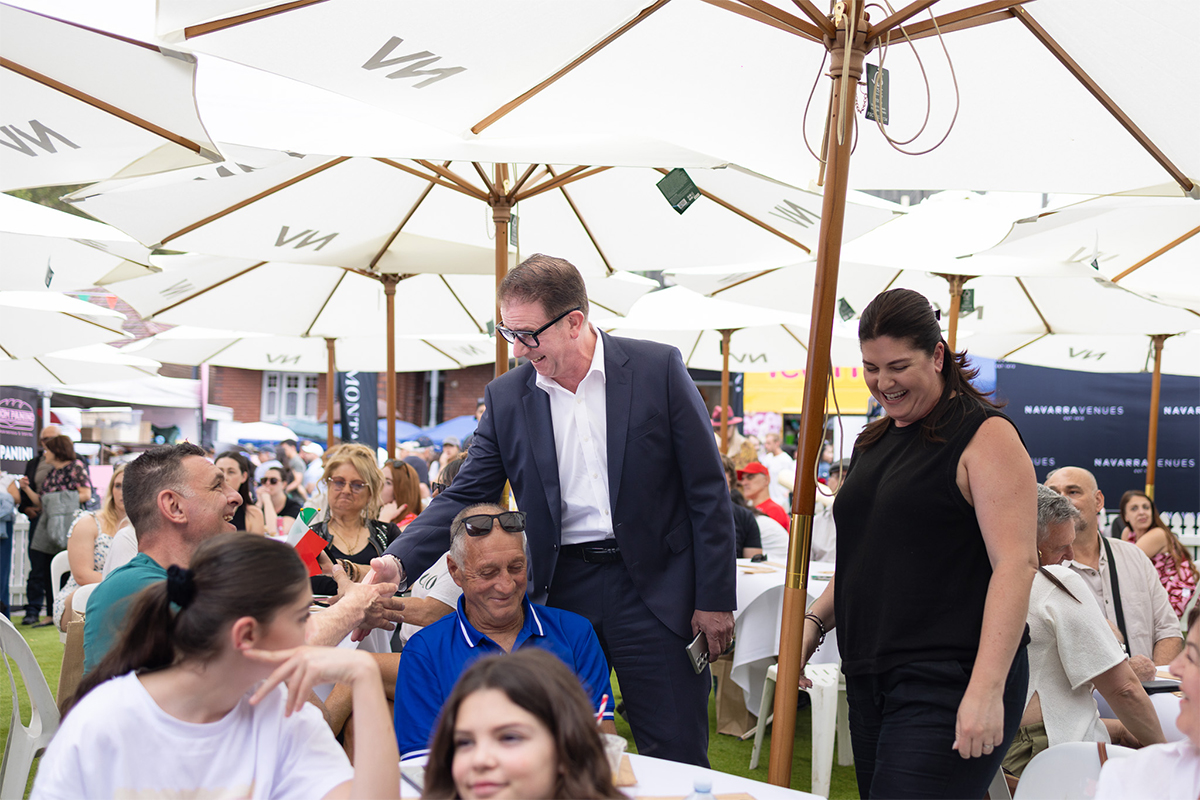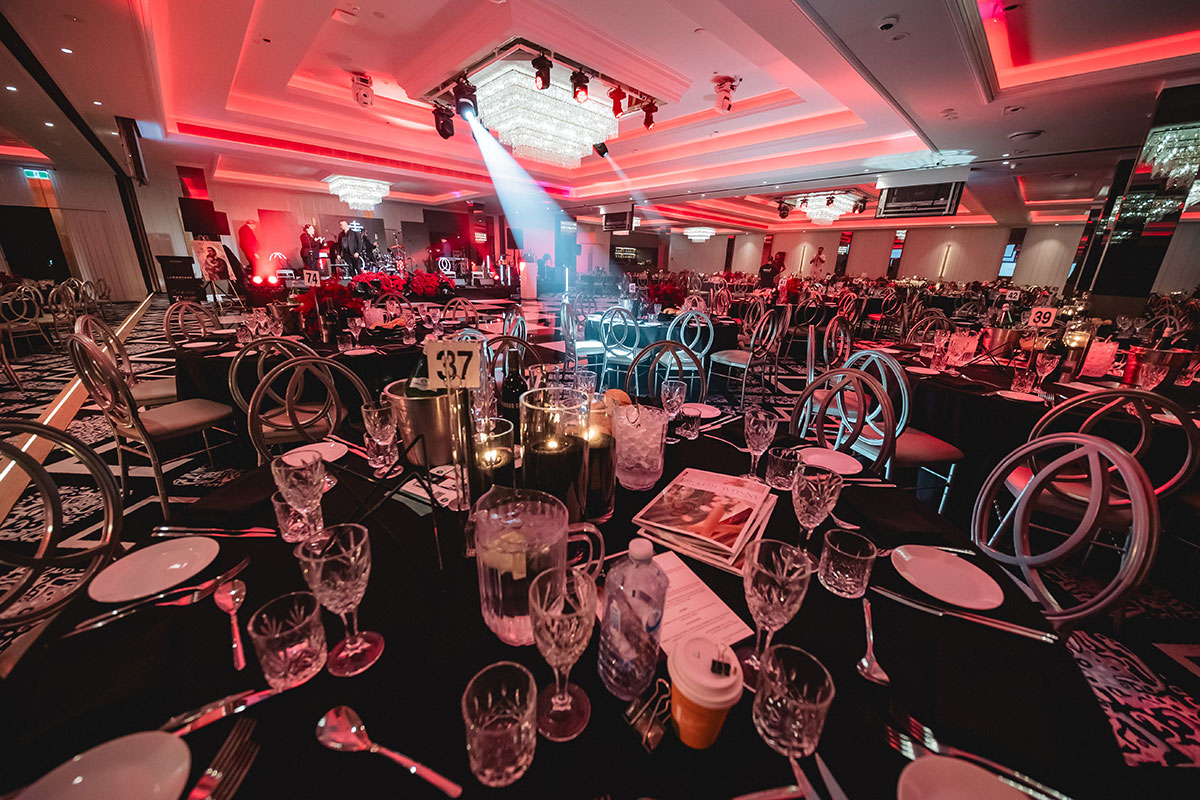A networking event is a powerful tool that builds connections and relationships between like-minded professionals. A well-planned networking event teaches participants valuable skills, facilitates future business relationships, forges connections within the community, and advances personal and business growth.
Hosting a successful business networking event requires careful planning and understanding of your audience’s needs. Knowing the best strategies for venue selection, catering choices, seating arrangement, guest engagement, and follow-up helps create meaningful connections where guests feel valued and motivated to participate, open business opportunities, new mentorships and even friendships.
This guide provides you with the essential tips on planning, venue selection, guest engagement, and effective follow-up for a networking event. Being prepared is a key ingredient to success.
Define Clear Objectives for Your Networking Event
Defining your networking event’s goals and purpose will give clarity to your audience. A clear objective that outlines the benefits for business professionals or individuals attending the event will encourage sign-ups.
With an objective and audience clearly defined, you can build a clear event structure that supports connection building for a successful event.
What do you mean by objective? An objective can be broad or specific. The more defined your goal, the clearer the message is. Your objective will shape your whole event.
For example,
- Teach a certain skill
- Connecting professionals in a region or industry
- Raise money for a charity or project
- Recruit individuals to an organisation
- Gerate leads
- Connect with potential mentors
- Build industry relationships
Keep in mind that the bigger your event is, the more organisation will be required. Starting early will aid in supporting your planning process to book the venue, caterers, vendors and speakers.
Choose the Right Venue to Facilitate Networking
Location, size, layout and atmosphere are all factors to consider when choosing your venue. The venue you select will set the mood and tone of your networking event. The venue is the attendees’ first impression of the networking event. Every space will give a different feeling.
For example, a garden networking event sets the stage for the perfect relaxed upscale daytime event, a modern waterfront venue may draw a more professional crowd, and an indoor-only venue creates a defined, organised atmosphere.
Select a venue that is accessible with plenty of parking and public transport options.
The layout of the space should meet your event objectives. A comfortable space will encourage conversation and interaction. Setting and seating can include co-working spaces, modular seating, rooms or staging, conference rooms, casual lounges, cocktail-style tables, and theatre seating.
Navarra Venues provides varied options for unique and professional venues and modular spaces. The professional coordination team at Navarra Venues will assist in navigating the best option needed for your corporate networking event.
Plan an Engaging Agenda and Activities
Plan your networking event schedule to foster connections. Include activities such as icebreakers, speed networking, panel discussions and presentations. You can also utilise the catering in an interesting way to encourage discussion, such as live food stations.
There should be a balance of planned activities and planned free networking time, allowing attendees to meet and interact with new and interested individuals.
Your event schedule should be meticulously outlined. An example networking event schedule could include a one-hour presentation, broken up with interactive discussion questions with fellow attendees. Next on the event timeline will be one hour of free time with roaming canapés and drinks. Provide people with the opportunity to learn, understand and interact around a point of interest.
Here are some tips on timing and flow to keep guests engaged and comfortable:
- Keep the event tight 2-3 hours, this is enough time to keep the energy high, engaged and facilitate meaningful connections.
- Have a welcoming reception, which can include a welcoming drink, instructions, and a short introduction speech.
- Keep music playing softly in the background to keep the atmosphere alive.
- Have a host for the night. Your host will welcome guests, presenters, introduce topics, initiate discussions, direct guests and thank attendees as the event comes to a close.
- Plan for the unexpected by incorporating strategies like name tags and conversation zones, allowing anyone to join or adjust the schedule as needed.
Create a Targeted Guest List and Manage Invitations
Don’t invite just anyone; having a clear objective should help you identify your target audience. Compile a list of industry specialists who would most identify and align with your event goals. These people may be clients, partners, industry specialists or general public professionals. Use the tools at your disposal to identify and compile your list, such as social media or a company database.
When inviting specific individuals, it is best to send a personal invitation request. Ensure you have a way to manage RSVPs, this may be by email, your website or apps such as Eventbrite that promote and capture your audience.
Promote Your Networking Event Effectively
Promote your event based on your target audience, budget and event type. A small event for locals or your database may only need flyers and emails. A larger event open to business professionals from all over the state may require a digital campaign.
Typically, the more marketing channels you use, the more effective the campaign and the higher the budget needed.
Here are some ways to market your event:
- Digital ads (Meta & Google)
- Social media platforms (organic content on Instagram)
- Email marketing
- Print (e.g. flyers, posters, etc.)
- Digital event platforms
- Partner outreach
- Influencer outreach
All the event information should be accessible in one place, such as your website, for easy sign-up. The promotional and invitation message should be compelling, highlighting the event benefits.
Prepare for On-Site Logistics and Event Day Management
Ensuring you have a transparent process for capturing registered guests allows for accurate logistics. There should be a straightforward process for check-in, signage and staff roles.
Aspects such as food, event structure and setting should all support the size, activity and interaction of guests. You will need materials for your event, such as name badges, signage, business cards, giveaways and gifts.
Ensure you have contingency plans for unexpected issues. If you prepare for the worst, the solution will be available at the event with ease. Integrate strategies such as planned groups and host touch points to keep the atmosphere alive and encourage attendees to interact.
Facilitate Meaningful Connections During the Event
To ensure meaningful interactions and connections are made, prepare a schedule and event timeline. As discussed, implementing scheduled zones and times for interactions, along with strategies to prevent awkward or missed opportunities, will aid in positive connection building.
Include initiatives for hosts and attendees to exchange contact details, such as through an app, a contact station, on name tags, a sign-in sheet, raffles, games or a QR code. The host can serve as a point of contact for attendees who would like to reach out to a specific participant. The event host, facilitator, or networking coach role is to create a welcoming atmosphere, guide the event flow, facilitate connections, and provide mentorship for the event.
Follow Up After the Event to Maximise Impact
Shortly after the event is the perfect time to follow up with attendees to convert connections into opportunities. Ideally you should be following up as soon as the next day.
As the organiser, you should ask for feedback and check in with attendees to ensure they got everything they needed on the night. You can also share updates or future initiatives your company has planned.
When following up as an attendee, include talking points from your conversation to demonstrate interest and provide information you promised such as your business details.
There are multiple ways to follow up, such as a thank-you email, a survey, a LinkedIn connection and message, or even a physical card. Touching base with attendees is a great way to ensure that all your future events are a success and have a great start to a blooming new business relationship.
Make Your Next Business Networking Event a Success Now
In summary, a business networking event can aid businesses and industry professionals in building and fostering valuable professional connections. For a successful networking event, you must have a clearly defined objective, the right venue, engaging activities and an effective follow-up. These points are essential for a prosperous networking event.
Navarra Venues has a portfolio of locations and spaces perfect for your networking event with professional event planners accommodate all your needs. View the Navarra Venues portfolio and get in touch by using the banner below.




